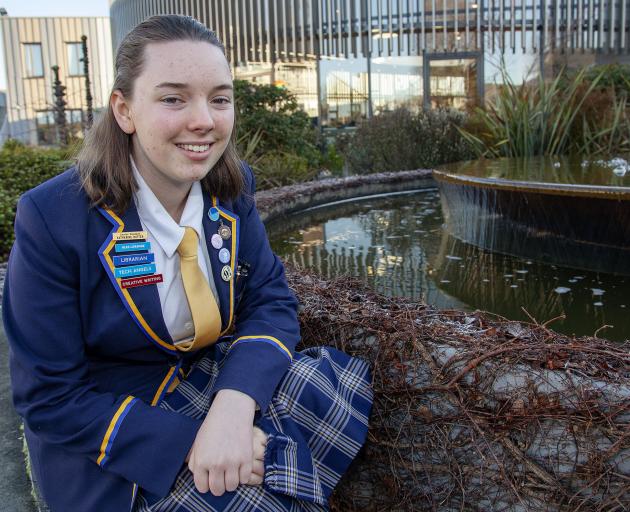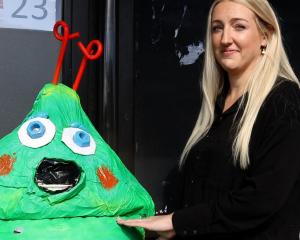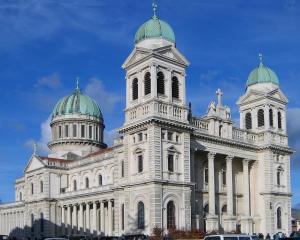
The 16-year-old Rangi Ruru Girls’ School student’s paper was published in the NZ Journal of Hydrology in a bid to improve the quality of the city’s drinking water.
With the guidance of her mother, Helen, she studied nitrate trends in groundwater across Canterbury and felt proud that their findings were presented to local water committees and Environment Canterbury.
“I was definitely proud. For me, it was never something I thought I’d do,” she said.
“It started out as a science day project in year 10, looking at levels of nitrate, whether it’s high or low in some areas or what might be the cause of it.”
Her mother is a senior hydrogeologist, focusing on the region’s groundwater, the movement of it and its minerals.
It was her that entrusted Katherine to take the research further, working together to develop it into a paper.
Nitrate-nitrogen concentration data was obtained from ECan for the science fair project, which identified anomalies and patterns such as potential sources of contamination.
Results confirmed the influence of the Waimakariri River recharge and limitation of land-use intensification in the Christchurch-West Melton zone kept nitrate concentrations low.
Concentrations were higher within the Selwyn-Waimakariri zone, in some cases due to land use activities or local soil and water conditions.
“I’m interested in it because of the relevant implications it has for our society and where we are in NZ,” said Katherine.
About three-quarters of Christchurch’s groundwater comes from the Waimakariri River, reaching a zone from which the city takes its drinking water.
“Too many nitrates can have adverse effects on our health, especially in babies,” she said.
“When it’s too high, they don’t have enough oxygen going through their body and because they’re so young it can be severe.”
High concentrations in drinking water may prevent blood from delivering oxygen within the body effectively, in some cases causing infant methemoglobinemia – or “Blue baby syndrome.”
She was well on her way towards a career in science, but instead of hydrology, she wanted to pursue astronomy – particularly astrophysics, cosmology and celestial mechanics.
Her advice to other young people with the same drive was simple.
“Look at something that interests you and find a mentor. Do what you like otherwise it will start to feel like it’s something you have to do.”













